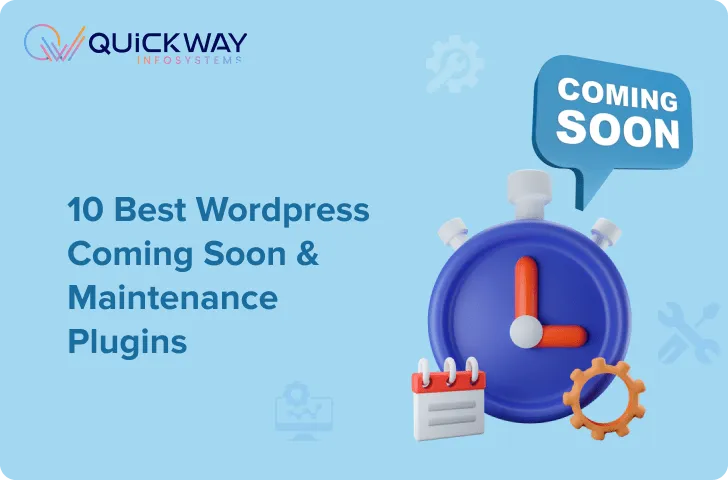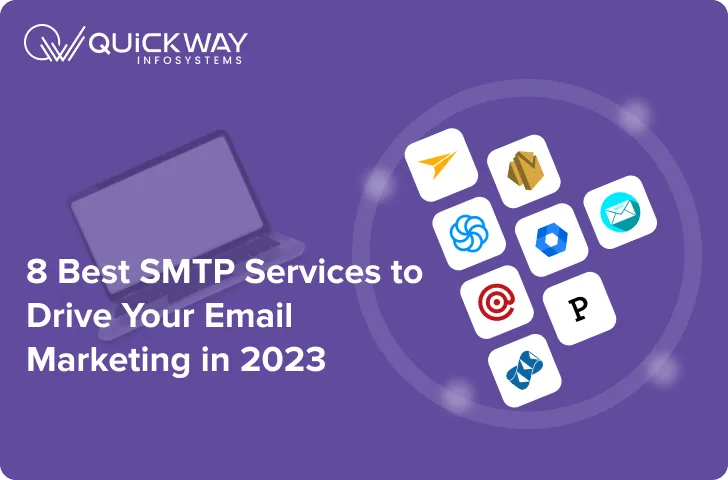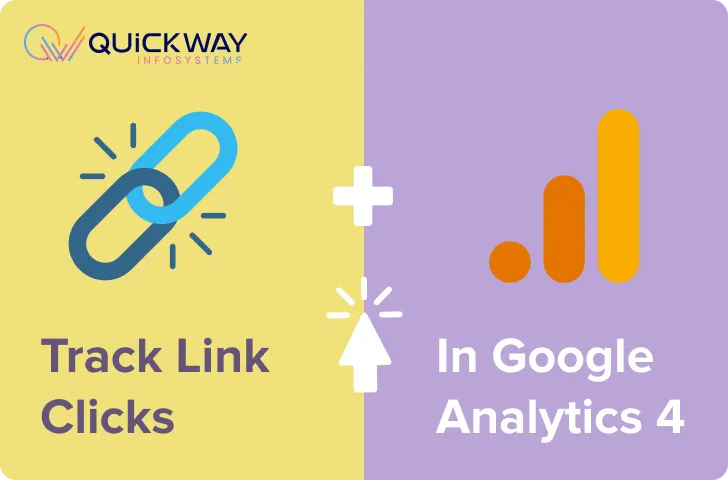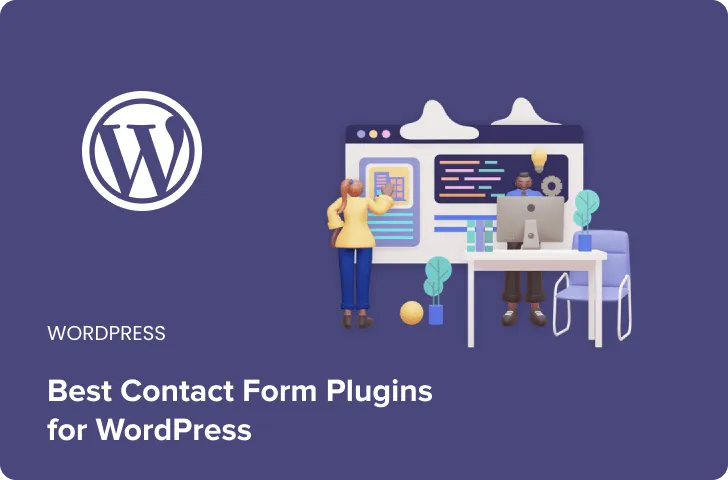Mobile App Development: Native vs. Hybrid vs. Web Apps

Today’ world is fast-paced and interconnected, mobile app Development have revolutionized the way we interact, communicate, and access information. According to Statista, there were approximately 3.5 million apps available for download on the Google Play Store in the first quarter of 2023, while the Apple App Store boasted around 1.6 million apps during the same […]
The 10 Best WordPress Coming Soon and Maintenance Mode Plugins

Are you looking to create a Coming Soon or Maintenance Mode page on your WordPress website? If so, you’ve come to the right place. In this blog post, we’ll be discussing the 10 best Coming Soon and Maintenance Mode plugins for WordPress in 2023. These plugins make it incredibly easy to create a Coming Soon […]
8 Best SMTP Services to Drive Your Email Marketing in 2023

Email marketing is one of the most effective ways to reach your target audience, but it can be difficult to send out large volumes of emails without the right SMTP service. In this blog post, we’ll provide an overview of the 8 best SMTP services available in 2023 to help you maximize your email marketing […]
Google Analytics 4 for WordPress: How to Track Link Clicks

Are you looking to track link clicks on your WordPress website with Google Analytics 4 (GA4)? If so, you’re in luck! In this blog post, we’ll cover how to set up GA4 in WordPress, how to track link clicks, and what to look out for when using the tool. With GA4, you’ll be able to […]
How to Comply with GDPR Regulations Using MonsterInsights Plugin?

If you’re running a website, it is imperative to keep up with the latest data privacy regulations like the General Data Protection Regulation (GDPR). Failing to comply with these regulations can result in costly fines and other serious penalties. Fortunately, MonsterInsights is a WordPress plugin that can help you stay compliant with GDPR and other […]
The 10 Best WordPress Contact Form Plugins of 2023

Are you looking for the best contact form plugins for your WordPress site in 2023? You’ve come to the right place! In this blog post, we’ll compare the top 10 WordPress contact form plugins and explain why each one might be the perfect solution for your website. From drag-and-drop builders to custom-coded forms, there’s something […]
How to Set Up Google Analytics Ecommerce Tracking on WordPress in 5 Easy Steps

If you’re a WordPress user and you have an ecommerce store, it’s important to track the performance of your store and understand what’s working and what’s not. Fortunately, setting up Google Analytics ecommerce tracking on WordPress is easy and can be done in just a few steps. In this article, we’ll explain how to set […]
What’s the real difference between MonsterInsights and Google Analytics?

Are you confused about the difference between MonsterInsights and Google Analytics? You’re not alone. Both of these powerful tools offer a range of features and benefits, but it can be difficult to know which one is best for your business. In this blog post, we’ll discuss the main differences between MonsterInsights and Google Analytics and […]